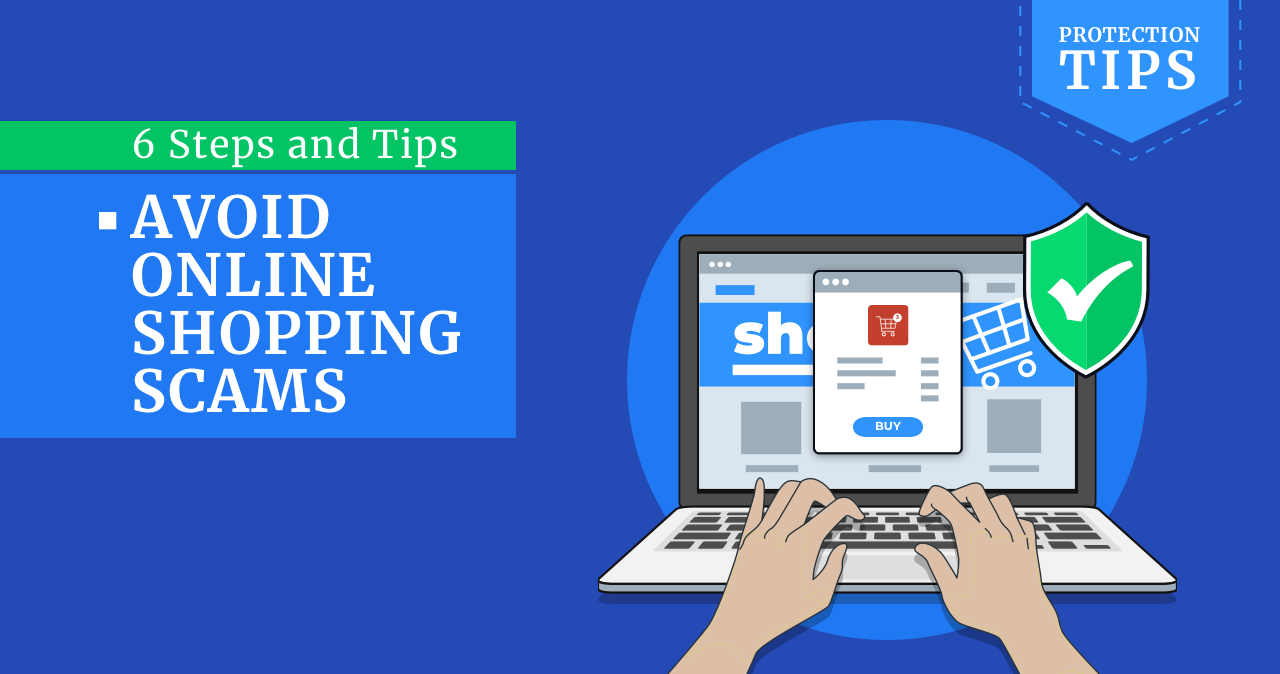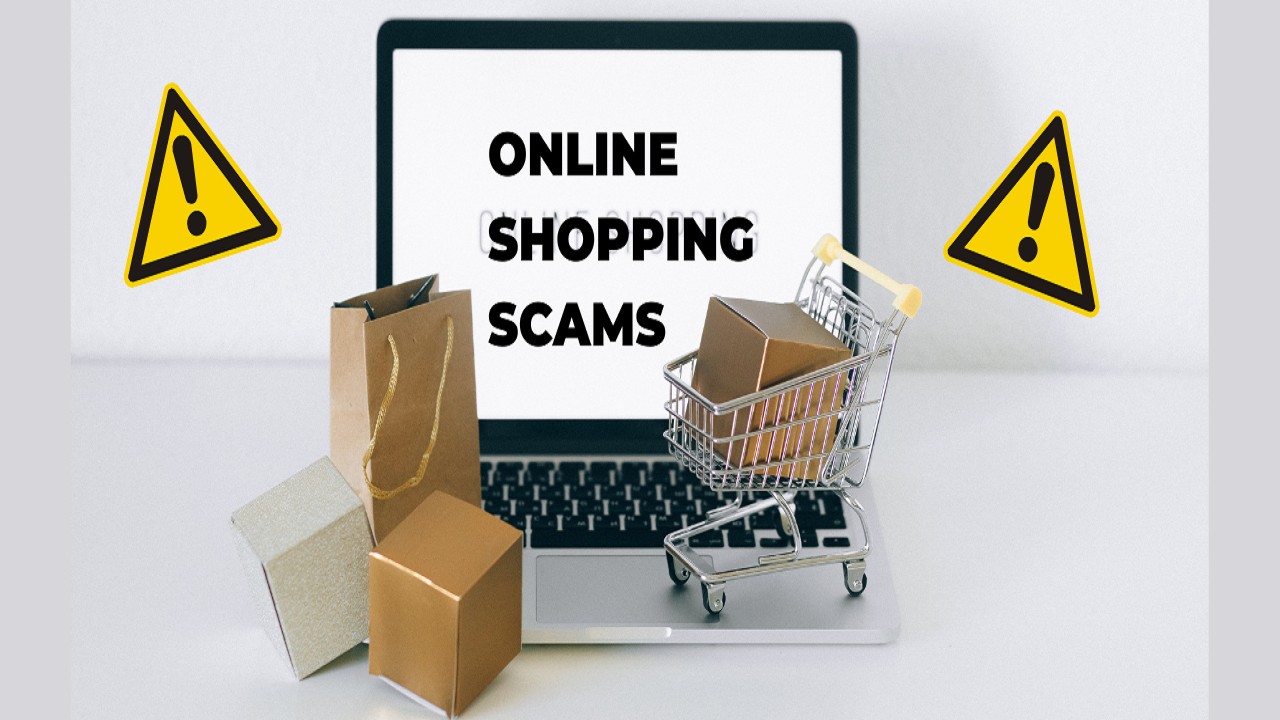tips to avoid online shopping scams is a crucial topic for anyone making purchases online today. With e-commerce becoming a staple in daily life, knowing how to protect yourself from scams is more important than ever. This guide is designed to help you spot the warning signs, verify sellers, secure your payments, and safeguard your personal information every time you shop on the internet.
Online shopping scams are getting more sophisticated, making it easier for unsuspecting shoppers to fall victim. From fake websites with tempting deals to cleverly disguised phishing emails, scammers use a range of tactics to trick people out of their money and personal details. By learning the most common red flags and the best practices for online safety, you can make your online shopping experiences not only more secure, but also more enjoyable and stress-free.
Introduction to Online Shopping Scams
Shopping online has become a daily habit for millions, offering convenience and endless choices. However, the surge in e-commerce has also led to a rise in online shopping scams. These scams involve fraudulent websites or sellers tricking consumers into paying for products or services that never arrive or are vastly different from what was promised.
Being vigilant is crucial when shopping online. Scammers are constantly updating their tactics, making it increasingly challenging for even experienced shoppers to distinguish between legitimate and deceptive offers. The consequences of falling victim range from financial loss to identity theft, making awareness and caution essential.
Recent statistics highlight the growing threat of online shopping fraud. The following table provides a quick glance at current trends and facts:
| Year | Number of Reported Cases | Total Losses (USD) | Most Common Scam Type |
|---|---|---|---|
| 2021 | 220,000+ | $392 million | Fake Online Stores |
| 2022 | 270,000+ | $420 million | Non-delivery of Goods |
| 2023 | 325,000+ | $535 million | Phishing & Payment Frauds |
Recognizing Red Flags of Scam Websites

When browsing for deals or new shops, it’s easy to get lured by attractive offers. However, certain warning signs can help you spot fraudulent online stores before you fall for a scam.
The following points summarize the most common indicators of scam websites:
- Unrealistically low prices compared to average market value.
- Poor grammar, awkward phrasing, or numerous spelling mistakes throughout the site.
- Suspicious domain names that mimic well-known brands but with slight misspellings or extra words.
- Inconsistent branding, low-resolution logos, and basic website layout lacking polish.
- Missing or vague contact information, such as no physical address, phone number, or customer service email.
- Lack of secure payment options or absence of HTTPS and padlock symbol in the browser address bar.
To further illustrate, here’s a comparison between typical fake and legitimate website layouts:
| Fake Website | Legitimate Website | Domain Example | Contact Info Example |
|---|---|---|---|
| Cluttered, inconsistent fonts/colors, popup ads | Professional, consistent design, clean layout | amaz0n-shop-now.com | Email only, no phone/address |
| Broken links, missing product details | Working menus, detailed product pages | nike-officialsale.shop | Full address, verified customer support |
Pay close attention to domains that look like popular brands but have extra words, hyphens, or odd endings. Legitimate businesses invest in user experience and make it easy to contact them, while scam sites often hide behind anonymity and poor presentation.
Verifying Seller Authenticity

Before making a purchase from a new online store or marketplace, it’s important to confirm the seller’s legitimacy. Failing to do so can lead to losing money, receiving subpar goods, or compromising your personal data.
The following steps help ensure you are dealing with a reputable seller:
- Check the seller’s reviews and ratings on independent platforms, not just the store’s own website.
- Search for the business name along with terms like “scam,” “complaint,” or “review” to uncover negative experiences.
- Look for a strong social media presence and see how the seller interacts with customers.
- Examine the age of the website using tools like WHOIS or website age checkers—new sites may be riskier.
Third-party verification services add an extra layer of security. Tools like the Better Business Bureau, Trustpilot, and Google Safe Browsing can help confirm if a seller is recognized and trustworthy. Always favor vendors that are transparent and have an established, positive track record online.
Securing Payment Methods
Choosing the right payment method dramatically reduces your risk of losing money to online scams. Some payment options offer better protection than others, especially in case of fraudulent transactions.
The table below compares the most common payment options:
| Payment Method | Fraud Protection | Dispute Process | Risk Level |
|---|---|---|---|
| Credit Card | High – Chargebacks available | Quick, user-friendly | Low |
| Debit Card | Moderate – Some protection | Depends on bank policies | Medium |
| Digital Wallet (PayPal, Apple Pay) | High – Buyer protection services | Integrated dispute system | Low |
| Bank Transfer/Wire | Very low – Often irreversible | Complex, limited recourse | High |
Direct bank transfers or sending money via wire to unknown or unverified sellers should be avoided at all costs. These methods offer little to no recourse if the transaction turns out to be fraudulent, leaving you with limited options to recover your funds.
Identifying Phishing Attempts and Fake Emails
Email remains a favorite tool for scammers targeting online shoppers. Phishing emails can appear remarkably convincing, often impersonating popular brands or payment services to steal your credentials or payment information.
It’s important to know the hallmarks of phishing emails to avoid falling for these schemes. Below are common features that set legitimate emails apart from fraudulent ones.
- Sender address is slightly misspelled or uses free email services instead of official domains.
- Unexpected requests for personal or financial information.
- Generic greetings such as “Dear Customer” instead of your actual name.
- Urgent language urging immediate action, such as “Your account will be suspended.”
- Links that redirect to suspicious-looking websites.
- Attachments or prompts to download files unexpectedly.
To help illustrate, here’s how to analyze a suspicious email:
From: [email protected]
Subject: Urgent: Verify your account to avoid closure!Dear Customer,
We noticed suspicious activity in your account. Please confirm your payment details immediately at the link below:
[Fake link]
If you do not respond within 24 hours, your account will be suspended.
In contrast, authentic emails from legitimate retailers will address you by name, use the correct domain (e.g., @amazon.com), and never request sensitive information through email links.
Protecting Personal and Financial Information
Safeguarding your credentials and data is fundamental for secure online shopping. Weak passwords or sharing unnecessary personal details can make you an easy target.
Here are best practices to keep your information secure:
- Create strong, unique passwords for each shopping account, combining upper and lowercase letters, numbers, and special characters.
- Enable two-factor authentication (2FA) wherever available, adding a second verification step to your logins.
- Be wary of sites asking for highly sensitive information that isn’t needed for a purchase, such as your social security number or ID details.
- Avoid saving payment details to websites unless it’s a trusted platform with a proven track record of security.
Two-factor authentication greatly reduces the risk of account takeovers, even if your password is compromised. Any request for personal data beyond shipping and payment details should be treated with suspicion, especially on unfamiliar sites.
Utilizing Browser Security Tools and Extensions
Modern browsers and third-party extensions offer valuable features to help detect scams before you become a victim. Leveraging these tools can significantly improve your online shopping safety.
The following table highlights popular anti-scam browser tools and their compatibility:
| Extension/Tool | Key Features | Compatible Browsers | Free/Paid |
|---|---|---|---|
| McAfee WebAdvisor | Warns about risky sites, blocks phishing | Chrome, Firefox, Edge | Free |
| Avast Online Security | Phishing protection, fake site alerts | Chrome, Firefox, Edge, Safari | Free |
| Norton Safe Web | Site safety ratings, scam detection | Chrome, Firefox, Edge | Free/Paid |
| Bitdefender TrafficLight | Malicious page blocking, real-time alerts | Chrome, Firefox, Safari | Free |
To maximize safety while shopping, enable your browser’s built-in security settings, such as Safe Browsing mode, and keep both your browser and extensions up to date. These layers of protection help flag suspicious sites and block phishing attempts before they reach you.
Monitoring Transactions and Spotting Unauthorized Charges: Tips To Avoid Online Shopping Scams
Staying alert after making a purchase is just as important as being cautious beforehand. Regularly reviewing your bank and credit card statements helps you quickly identify any unauthorized or suspicious activity.
A systematic approach to monitoring and responding to questionable transactions can greatly reduce potential losses:
- Check your transaction history online at least once a week to spot unauthorized charges promptly.
- Set up transaction alerts via SMS or email with your bank or card provider, so you’ll be notified instantly of any new charges.
- If you see a charge you don’t recognize, contact your financial institution immediately to freeze your account or start a dispute process.
Reporting suspicious transactions quickly increases the chance of recovering your funds and helps banks identify fraud trends.
Seeking Support and Reporting Scams, Tips to avoid online shopping scams

If you become a victim or suspect a scam, several organizations and resources can help you recover and prevent future incidents. Reporting scams also helps protect other shoppers from falling into the same traps.
Here’s the recommended process for reporting scams:
- Contact your bank or credit card provider to block further transactions and initiate a fraud investigation.
- Report the incident to your local consumer protection agency or the equivalent in your country (e.g., FTC in the USA, Action Fraud in the UK).
- Submit the fraudulent website or seller details to cybercrime reporting platforms or internet safety organizations.
- Leave reviews or warnings on consumer forums and social media to alert others about the scam.
Organizations like the Better Business Bureau, Internet Crime Complaint Center (IC3), and local law enforcement can provide guidance and take action on your reports.
Descriptive Scenario Illustrations
Understanding real-life scam scenarios helps put theory into practice. The following examples illustrate how to recognize and avoid common traps.
An example of a common online shopping scam:
You find a designer sneaker at a price that’s 70% off on a site you’ve never heard of. The website looks almost legitimate, but the payment page only offers bank transfer. You hesitate, so you look for reviews and find several complaints about non-delivery. You decide not to buy and save yourself from a scam.
If you ignore these signs, here’s what could happen:
Excited by the deal, you transfer money. Weeks pass, and the sneakers never arrive. The website disappears, and your bank cannot reverse the transaction. The lesson: Always research new retailers, check payment options, and watch for warning signs before sharing your money or data.
By recognizing the setup and acting cautiously, shoppers can avoid losses and help make the online marketplace safer for everyone.
Closing Summary
Staying one step ahead of online shopping scams is all about awareness and taking the right precautions. Remember to check website legitimacy, use secure payment methods, and always be skeptical of deals that seem too good to be true. With the right knowledge and a careful approach, you can shop online with greater confidence, knowing your personal and financial information is protected.
Question & Answer Hub
How can I quickly spot a fake online store?
Look for red flags like suspiciously low prices, poor website design, lack of contact information, or unsecured payment pages. Check if the URL uses HTTPS and research reviews from other shoppers.
What should I do if I accidentally provide my information to a scam site?
Immediately contact your bank or credit card provider to report the incident and consider changing your passwords. Monitor your accounts closely for any unauthorized activity.
Are digital wallets safer than credit or debit cards for online shopping?
Digital wallets often offer additional layers of security and limit the exposure of your card details, making them a safer option for many online transactions.
Is it safe to shop on my phone or should I use a computer?
Both can be safe if you use secure networks, keep your devices updated, and avoid clicking on suspicious links. Always make sure you’re shopping through official apps or reputable websites.
Can I get my money back if I fall victim to an online shopping scam?
If you used a credit card, you may be able to dispute the charge with your bank. Digital wallets and some debit cards also offer buyer protection, but direct wire transfers are usually not refundable.